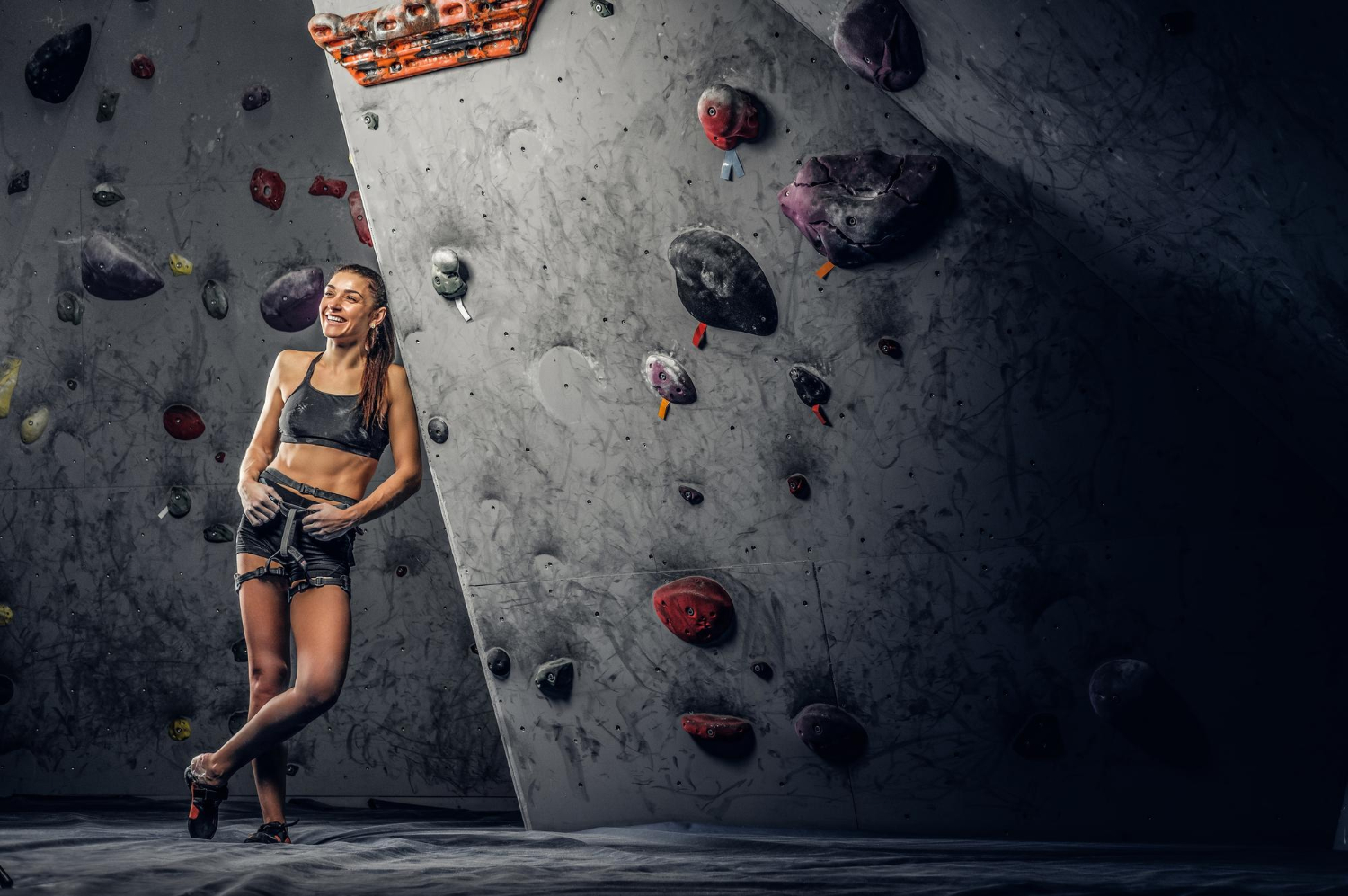The Anatomy of Bouldering: What Muscles Are Working?
Bouldering is growing in popularity as a fun and challenging rock climbing sport. Unlike rope climbing, bouldering involves climbing shorter routes close to the ground without ropes. As a powerful full-body workout, bouldering engages numerous muscle groups in the arms, core, and legs. Understanding which muscles are activated during bouldering is key to training effectively and preventing injury.
Powerful Pulling Muscles
Bouldering requires extensive use of the pulling muscles in the upper body to cling tightly to the rock and hoist the body upwards. The main movers are the lats, the large back muscles running from the mid-back to the armpits. Lats are heavily engaged during any pulling motion, making them essential for the constant pulling in bouldering. Complementing the lats are other major pulling muscles like the rhomboids between the shoulder blades, rear deltoids, biceps, and forearm flexors. This pulling muscle group sees heavy work during bouldering.Targeted pulling exercises like weighted pull-ups, inverted rows, and deadlifts can help build pulling strength for bouldering. Also important is training grip strength in the hands and forearms with thick bar holds, fingerboard work, and wrist curls. Bolstering the pulling muscle chains prepares them for the intense workout of bouldering. When performing moves like dynamic lunges or side pulls, the lats engage to draw the torso toward the wall. Sustained isometric pulling also occurs when clinging to tiny holds. Training maximal and explosive pull strength builds power for making upward progress on the rock.
Pushing and Bracing With the Arms
Though not as heavily used as the pulling muscles, the pushing muscles of the upper body still play an important role in bouldering. When pressing down into a hold or bracing during stretches, the chest, shoulders, and triceps engage to provide force and stability. The pectorals and anterior deltoids (front shoulders) push forward, while the triceps extend the elbows.
While climbing, these muscles contract isometrically to hold body positions. Training with push-ups, bench presses, shoulder presses, and tricep extensions builds pushing strength for bouldering. Powerful locked-off arm positions require strong pushing musculature. This allows boulderers to support themselves horizontally while spans are made for the next hold.
Core Foundation
A solid engaged core forms the foundation for balanced and powerful movements in bouldering. All the abdominal muscles, including the rectus abdominis, obliques, and transversus abdominis, must fire continuously to keep the body stable. The erector spinae along the spine also plays a key role in extension and arching motions.
As the link between upper and lower body, the core enables smooth coordinated climbing. Exercises like planks, bridges, crunches, and hanging leg raises bolster a boulderer’s core strength. This prevents energy leaks and provides a platform for limbs to work from. Training core stability and tension transports strength through the entire body. A bouldering sequence may move from sideways flagging to crunching for a high reach, requiring core power through all planes of motion.
Driving With the Legs
Though upper body strength is essential, the legs drive much of the movement in bouldering. Powerful leg extension allows climbing up the rock face. The quadriceps at the front of the thighs perform this knee extension, while the hamstrings at the back flex the knee for reach. The glutes and calves also activate when stepping up on footholds.
Explosive leg power gives boulderers the ability to launch up to distant handholds. Plyometric exercises like box jumps and burpees build leg explosiveness by linking strength and speed. Additionally, squats and lunges overload the leg muscles used in climbing. Trained legs provide the propulsive force that complements upper body pulling. Dynamic moves require total body coordination with the arms pulling while the legs simultaneously drive upward.
Summary of Key Muscles Used in Bouldering
This table shows every muscle group used in Bouldering
| Muscle Group | Primary Role | Importance in Bouldering |
|---|---|---|
| Latissimus Dorsi | Pulling body upwards | High |
| Anterior Deltoid | Assisting in pulling and stabilization | Medium |
| Rhomboids | Assisting in pulling and stabilization | Medium |
| Forearm Flexors | Grip strength | High |
| Biceps and Triceps | Assisting in pulling | Medium |
| Core Muscles | Body stabilization and balance | Medium |
| Quadriceps | Leg straightening | Low |
| Calf Muscles | Tiptoe standing and smearing | Low |
In general, bouldering brings into play a wide spectrum of muscles from fingers to toes. By targeting all the involved muscle groups, climbers can tailor their training for bouldering success. A foundation of pulling strength paired with leg drive, core stability, and pushed arm positions allows bouldering movements to flow smoothly. Through a blend of climbing-specific exercises and crossover strength training, boulderers can build the balanced fitness this sport demands. Understanding muscle recruitment illuminates training needs and leads to progression on the rock wall. With comprehensive strength and power development, boulderers will ascend to new heights.

